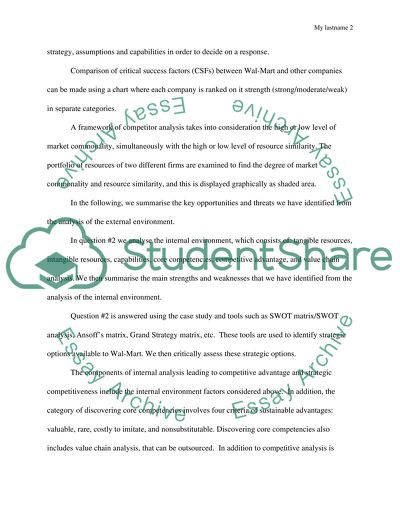Cite this document
(The Industry Life Cycle of Wal-Mart Case Study Example | Topics and Well Written Essays - 2000 words, n.d.)
The Industry Life Cycle of Wal-Mart Case Study Example | Topics and Well Written Essays - 2000 words. Retrieved from https://studentshare.org/marketing/1516722-wal-mart-business-operations
The Industry Life Cycle of Wal-Mart Case Study Example | Topics and Well Written Essays - 2000 words. Retrieved from https://studentshare.org/marketing/1516722-wal-mart-business-operations
(The Industry Life Cycle of Wal-Mart Case Study Example | Topics and Well Written Essays - 2000 Words)
The Industry Life Cycle of Wal-Mart Case Study Example | Topics and Well Written Essays - 2000 Words. https://studentshare.org/marketing/1516722-wal-mart-business-operations.
The Industry Life Cycle of Wal-Mart Case Study Example | Topics and Well Written Essays - 2000 Words. https://studentshare.org/marketing/1516722-wal-mart-business-operations.
“The Industry Life Cycle of Wal-Mart Case Study Example | Topics and Well Written Essays - 2000 Words”, n.d. https://studentshare.org/marketing/1516722-wal-mart-business-operations.


